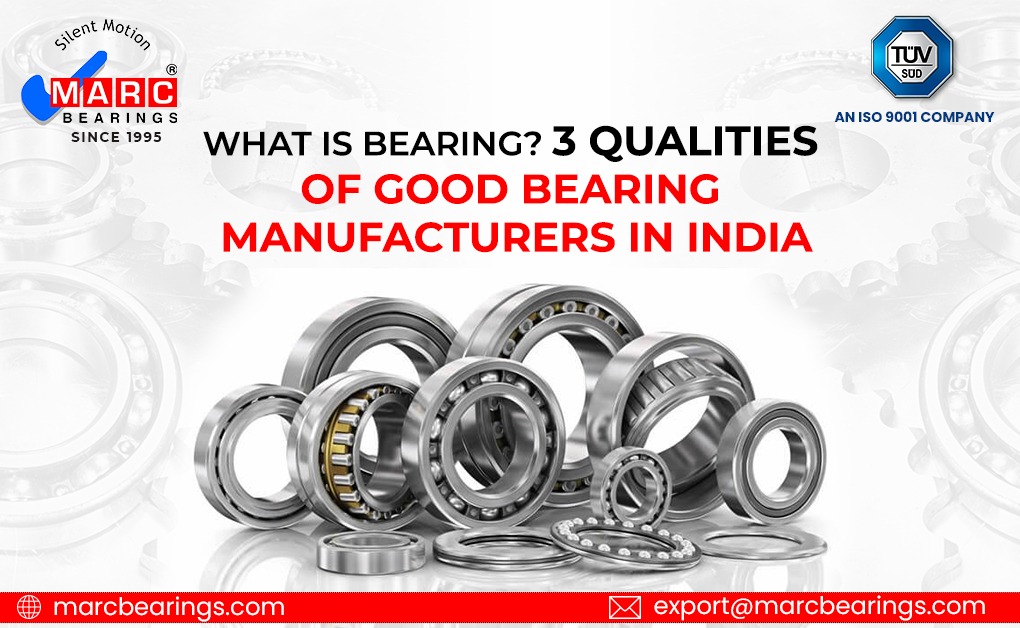Understanding Ceramic Bearings Electric vehicles
Understanding Ceramic Bearings Electric vehicles
Blog Article

Electric vehicles (EVs) are at the forefront of the automotive industry, promising not only reduced emissions but also a revolution in performance and efficiency. One of the unsung heroes in this transformation is the humble bearing. Specifically, ceramic bearings are gaining traction as a game-changer for electric vehicles, providing unique advantages that can enhance performance and reliability. How do these advanced components contribute to the EV ecosystem?
Understanding Ceramic Bearings
Ceramic bearings are made from advanced ceramic materials that offer several benefits over traditional steel bearings. Their lightweight nature significantly reduces overall vehicle weight, which is critical in electric vehicles where every pound counts towards efficiency. Additionally, the low friction characteristics of ceramic bearings result in improved energy transfer, ultimately extending the range of the vehicle.
Unlike metal bearings, ceramic variants are resistant to corrosion and wear, which is vital for the longevity of components subjected to harsh operating conditions. This durability means less frequent replacements, reducing maintenance costs and downtime for electric vehicles.
[IMAGE]
Performance Benefits
One of the standout features of ceramic bearings for electric vehicles is their ability to operate at higher speeds. For instance, in high-performance electric motors, these bearings can handle rotations that exceed the limits of conventional steel bearings without overheating. This is particularly beneficial in applications such as electric racing cars or high-speed electric bicycles, where efficiency and performance are paramount.
Moreover, the superior heat dissipation properties of ceramic bearings allow for better thermal management within the electric motor, which can prevent overheating and subsequent failure. This factor is crucial for maintaining optimal performance during extended periods of operation, especially in demanding driving conditions.
Environmental Impact
The manufacturing process of ceramic bearings tends to be more eco-friendly compared to their metal counterparts. With a lower energy requirement for production, along with their long lifespan, ceramic bearings contribute to the sustainability goals of electric vehicle manufacturers. The reduced need for replacements translates into less waste and lower overall resource consumption, aligning with the principles of a circular economy.
Applications in Electric Vehicles
From the wheels to the motors, ceramic bearings are finding applications throughout various EV components. In wheel assemblies, they help reduce rolling resistance, thereby enhancing the vehicle's range. In motors, their low friction characteristics can lead to improved efficiency, making better use of the electric power stored in batteries.
Additionally, as manufacturers focus on developing more compact and lightweight components, the integration of ceramic bearings allows for innovative designs that improve overall vehicle dynamics. For companies looking to push the boundaries of electric vehicles, investing in Ceramic bearings for electric vehicles is becoming a strategic decision.
Challenges and Considerations
Despite their numerous advantages, ceramic bearings are not without challenges. The initial cost of ceramic bearings can be significantly higher than that of traditional bearings, which may deter some manufacturers. However, when considering the long-term savings in maintenance and replacement, the investment often pays off.
Another consideration is the compatibility of ceramic bearings with existing systems. While they offer many benefits, not all electric vehicle designs can immediately accommodate the change. Engineers must carefully consider the specific requirements and constraints of their designs before integrating ceramic bearings.
The Future of Ceramic Bearings in Electric Vehicles
As the electric vehicle market continues to evolve, the role of ceramic bearings is likely to expand. With ongoing research and development, manufacturers are expected to enhance the properties of these bearings further, making them even more suited to the demands of modern electric vehicles. The combination of efficiency, durability, and eco-friendliness positions ceramic bearings as a key component in the future of electric mobility.
In summary, ceramic bearings represent a significant advancement in the quest for more efficient and reliable electric vehicles. Their innate properties not only enhance performance but also contribute to the sustainability of the automotive industry. As EV technology progresses, so too will the innovations surrounding ceramic bearings, paving the way for a cleaner, more efficient future.
Report this page